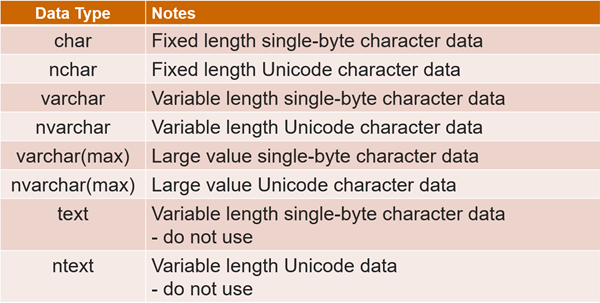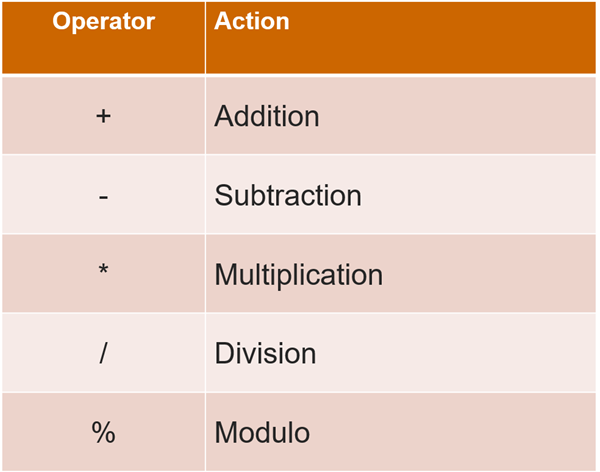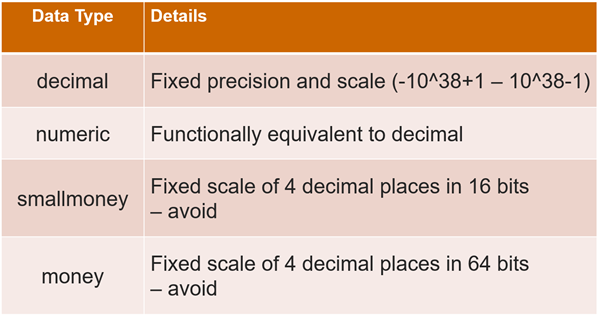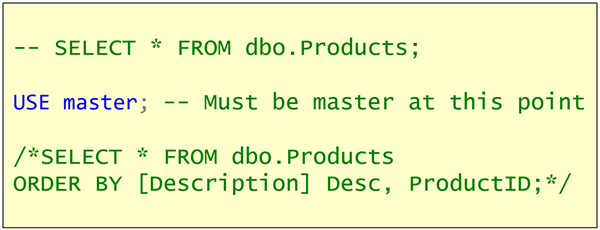
T-SQL 101: 42 Comparing strings by using collations in SQL Server
Another important concept when you’re working with strings is the concept of Collations. If I write code like the first line here:
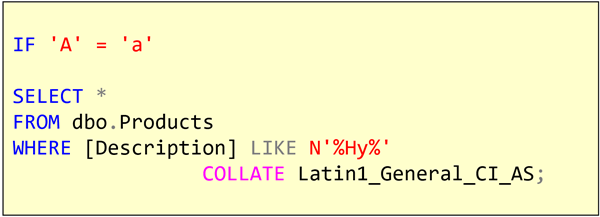
The question is how would I know if a capital A is treated the same as a lower case A. The answer to that is “it depends upon the collation”. Collations are sets of rules that determine how strings are compared. SQL Server supports lots of collations. You can see them all by executing:
2019-11-04


